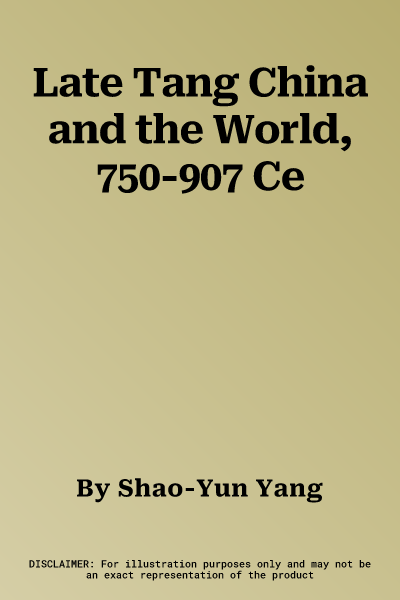Shao-Yun Yang
(Author)Late Tang China and the World, 750-907 CePaperback, 25 May 2023

Temporarily out of stock
Free Delivery
Cash on Delivery
15 Days
Free Returns
Secure Checkout

Part of Series
Elements in the Global Middle Ages
Print Length
75 pages
Language
English
Publisher
Cambridge University Press
Date Published
25 May 2023
ISBN-10
1009397257
ISBN-13
9781009397254
Description
Product Details
Author:
Book Format:
Paperback
Date Published:
25 May 2023
ISBN-10:
1009397257
ISBN-13:
9781009397254
Language:
English
Location:
Cambridge
Pages:
75
Publisher: